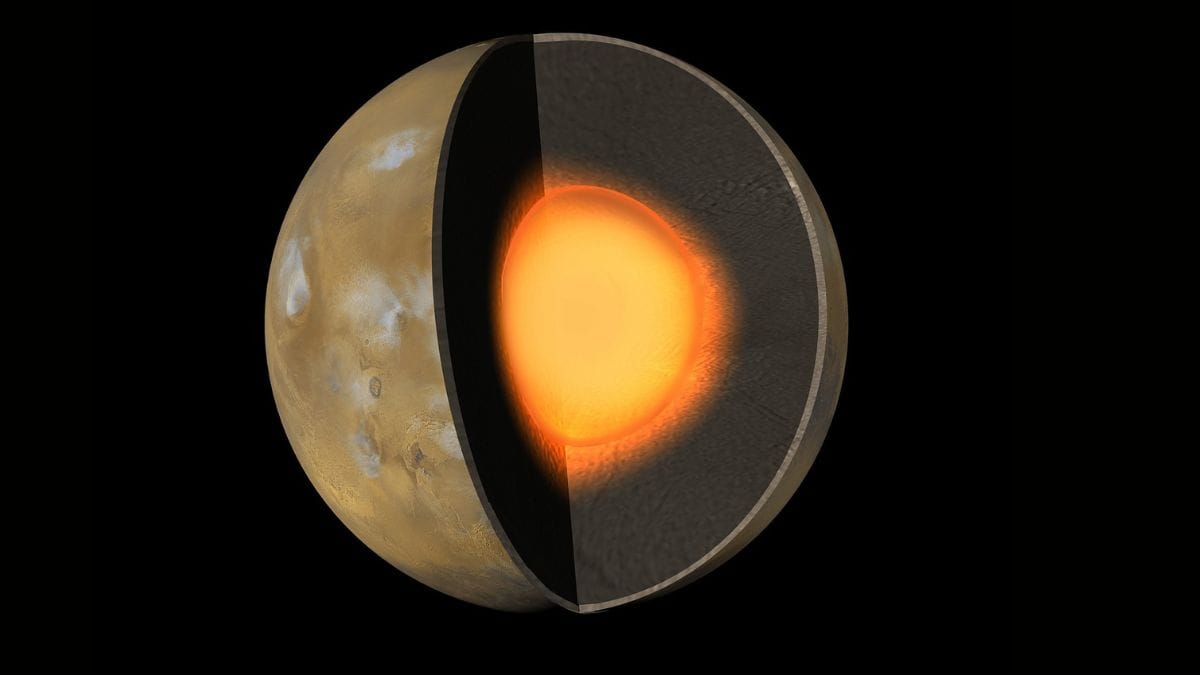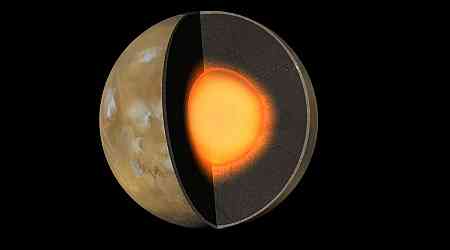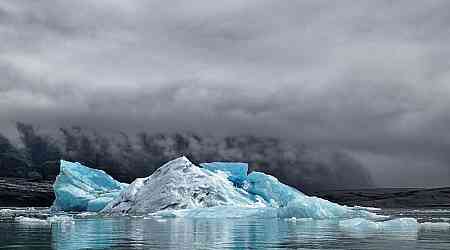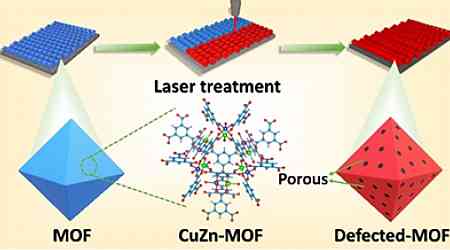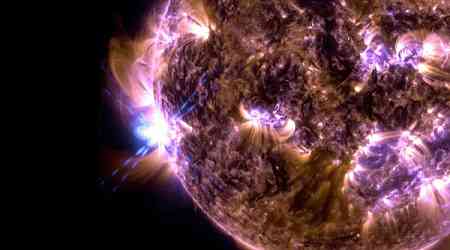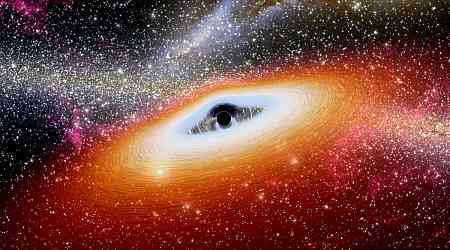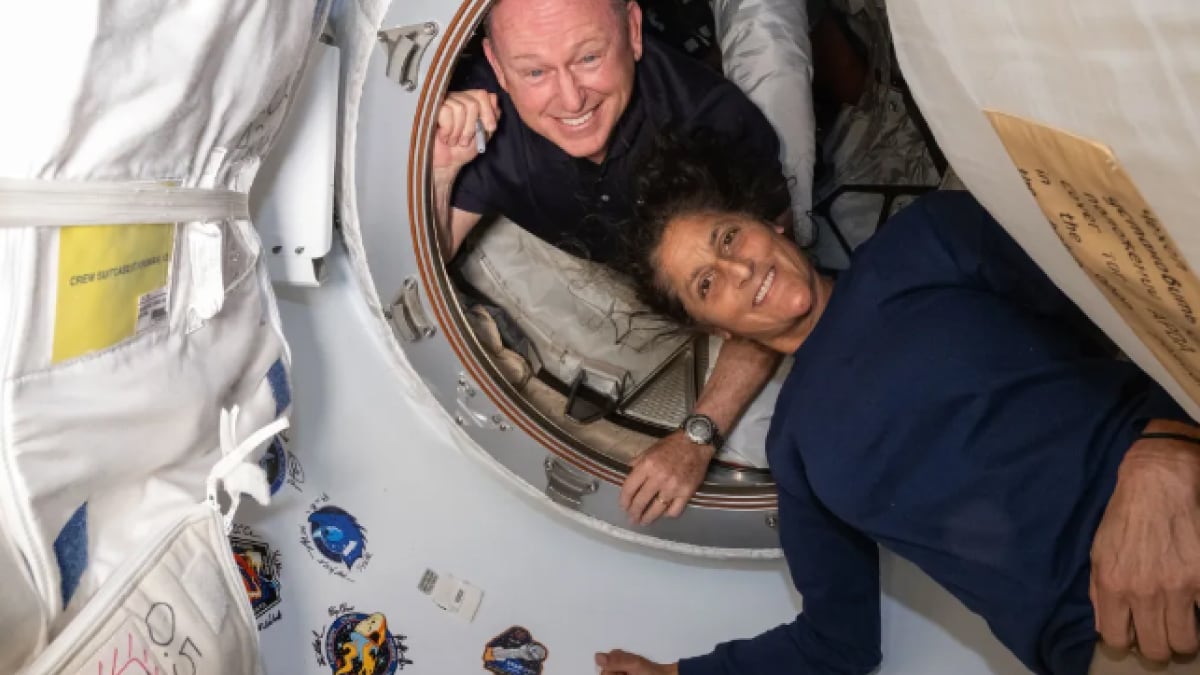Earth's inner core, made of solid iron and nickel, lies over 5,100 kilometres below the surface. Despite its crucial role in shaping Earth's conditions and generating its magnetic field, the core's age has remained a mystery. Thanks to advancements in mineral physics, scientists are now closer to understanding how and when the core formed. The solid core is vital for maintaining Earth's magnetic field, which shields us from harmful solar radiation, making the planet habitable for billions of years.
Inner Core's Formation and Freezing Process
The inner core, which was once molten, solidifies as the Earth cools down. This cooling process causes the iron-rich liquid surrounding the core to freeze, expanding the inner core outwards, although the temperature at the core remains scorching, at over 5,000K (around 4,726°C). The freezing of iron releases lighter elements like oxygen and carbon, creating a buoyant liquid that rises into the outer core, producing electric currents. These currents drive the Earth's magnetic field, which is responsible for phenomena like the northern lights.
Supercooling and the Core's Age
Geophysicists use thermal models to study Earth's magnetic history. These models have revealed that supercooling, where a liquid cools below its freezing point without solidifying, could explain the core's formation. Recent studies suggest that iron at the core may need to be supercooled by up to 1,000K before freezing. However, this level of cooling implies that the core might be much younger, between 500 and 1,000 million years than previously thought. Current evidence suggests the core may have experienced less than 400K of supercooling.
The age of Earth's inner core remains a topic of intense study, with scientists exploring the possibility that the core could be younger than estimated due to this supercooling phenomenon. Understanding this could reshape our knowledge of Earth's magnetic history.


















